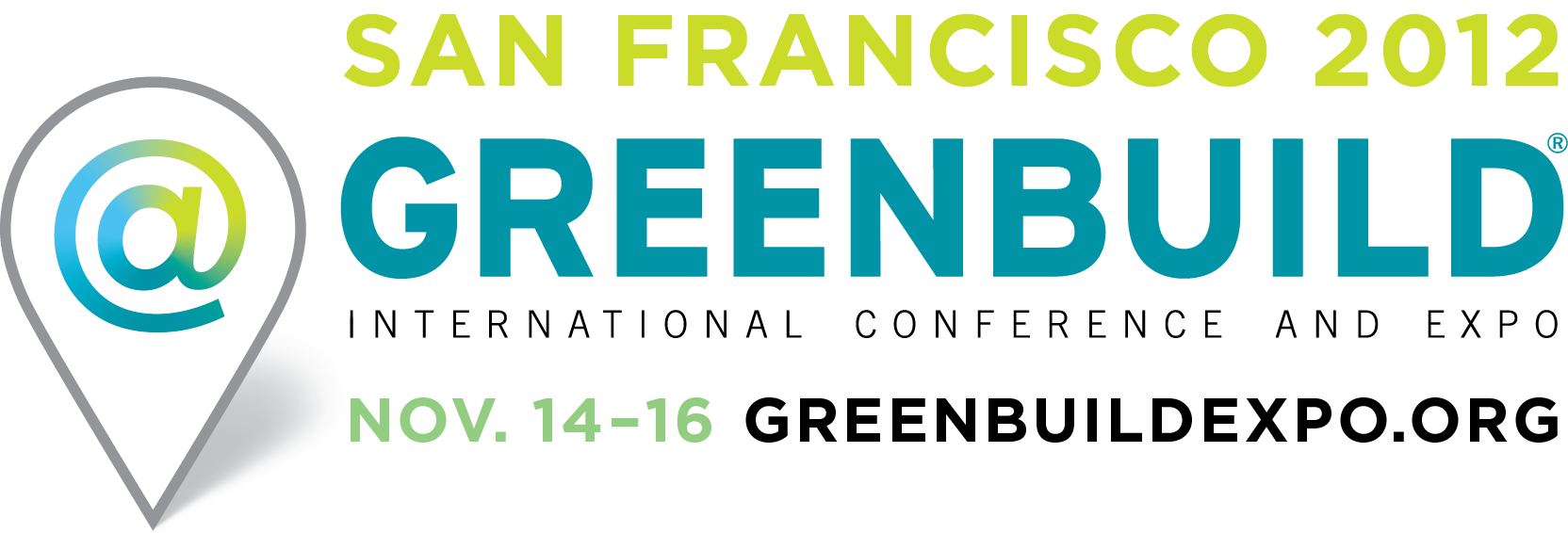The U.S. Green Building Council (USGBC) announces its partnership with Pearson to launch USGBC’s online workforce education program for the LEED Green Associate credential. The partnership will expand the reach of USGBC’s educational offerings and educate the next generation of green building leaders.
“Together we will develop a host of education programs that will reach those in the green building market today and help the future building professionals learn the ins and outs of green building, ” said Doug Gatlin, VP of Education Delivery, U.S. Green Building Council. “Pearson’s origins were in the construction business during the Industrial Revolution and they became one of the world’s leading contractors. While they are a different company today, their roots underpin everything they do and they are a perfect fit for USGBC.”
Education is critical to USGBC’s mission of transforming the building environment. “Our community believes in better buildings; places that complement our environment and enhance our communities. Places that give people better, brighter, healthier spaces to live, work and play,” added Gatlin.
“The rapid growth in green energy and building underscores the strong need for workforce training in this area,” said Leah Jewell, President of Pearson Health Science and Careers. “We’re honored to partner with an organization that is helping to spur job growth while contributing to a healthier environment in communities across the nation.”
As part of the partnership, Pearson has launched USGBC’s online workforce education program for the LEED Green Associate credential. The program includes online courses to help learners successfully prepare for the LEED Green Associate exam and learn green building strategies and techniques.
The LEED Green Associate is a professional credential for those just starting out in green building or for those who are not on green building project teams like lawyers, marketing professionals, students, and real estate professionals.
Pearson is providing nine LEED online courses in healthcare, business, construction and hospitality and tourism. Course content covers knowledge assessment, remediation, self-paced material and practice exams. Pearson is also providing two of USGBC’s print titles to prepare students for the LEED Green Associate Exam: Green Building and LEED Core Concepts, which explains the fundamental tenets of green building, offers strategies for implementation and provides specific case studies; and the USGBC LEED Green Associate Study Guide.
To learn more, please visit: http://www.pearsoncustom.com/us/greenbuilding/index.html. +
Related Stories
Steel Buildings | Apr 6, 2023
2023 AISC Forge Prize winner envisions the gas station of the future
Forge Prize winner LVL (Level) Studio envisions a place where motorists can relax, work, play, shop, or perhaps even get healthcare while their vehicles charge.
Architects | Apr 6, 2023
New tool from Perkins&Will will make public health data more accessible to designers and architects
Called PRECEDE, the dashboard is an open-source tool developed by Perkins&Will that draws on federal data to identify and assess community health priorities within the U.S. by location. The firm was recently awarded a $30,000 ASID Foundation Grant to enhance the tool.
Architects | Apr 6, 2023
Design for belonging: An introduction to inclusive design
The foundation of modern, formalized inclusive design can be traced back to the Americans with Disabilities Act (ADA) in 1990. The movement has developed beyond the simple rules outlined by ADA regulations resulting in features like mothers’ rooms, prayer rooms, and inclusive restrooms.
Market Data | Apr 6, 2023
JLL’s 2023 Construction Outlook foresees growth tempered by cost increases
The easing of supply chain snags for some product categories, and the dispensing with global COVID measures, have returned the North American construction sector to a sense of normal. However, that return is proving to be complicated, with the construction industry remaining exceptionally busy at a time when labor and materials cost inflation continues to put pricing pressure on projects, leading to caution in anticipation of a possible downturn. That’s the prognosis of JLL’s just-released 2023 U.S. and Canada Construction Outlook.
Cladding and Facade Systems | Apr 5, 2023
Façade innovation: University of Stuttgart tests a ‘saturated building skin’ for lessening heat islands
HydroSKIN is a façade made with textiles that stores rainwater and uses it later to cool hot building exteriors. The façade innovation consists of an external, multilayered 3D textile that acts as a water collector and evaporator.
Market Data | Apr 4, 2023
Nonresidential construction spending up 0.4% in February 2023
National nonresidential construction spending increased 0.4% in February, according to an Associated Builders and Contractors analysis of data published by the U.S. Census Bureau. On a seasonally adjusted annualized basis, nonresidential spending totaled $982.2 billion for the month, up 16.8% from the previous year.
Sustainability | Apr 4, 2023
ASHRAE releases Building Performance Standards Guide
Building Performance Standards (BPS): A Technical Resource Guide was created to provide a technical basis for policymakers, building owners, practitioners and other stakeholders interested in developing and implementing a BPS policy. The publication is the first in a series of seven guidebooks by ASHRAE on building decarbonization.
Sustainability | Apr 4, 2023
NIBS report: Decarbonizing the U.S. building sector will require massive, coordinated effort
Decarbonizing the building sector will require a massive, strategic, and coordinated effort by the public and private sectors, according to a report by the National Institute of Building Sciences (NIBS).
Education Facilities | Apr 3, 2023
Oklahoma’s Francis Tuttle Technology Center opens academic center for affordable education and training
Oklahoma’s Francis Tuttle Technology Center, which provides career-specific training to adults and high school students, has completed its Francis Tuttle Danforth Campus—a two-story, 155,000-sf academic building. The project aims to fill the growing community’s rising demand for affordable education and training.
Sports and Recreational Facilities | Mar 30, 2023
New University of St. Thomas sports arena will support school's move to Division I athletics
The University of St. Thomas in Saint Paul, Minn., last year became the first Division III institution in the modern NCAA to transition directly to Division I. Plans for a new multipurpose sports arena on campus will support that move.

















